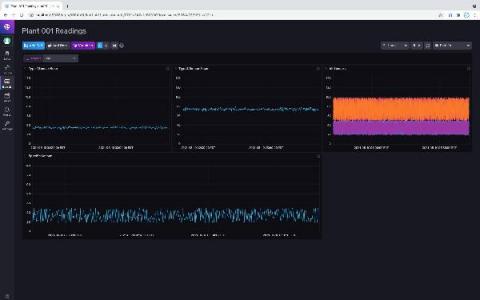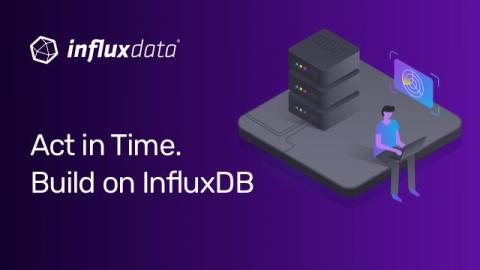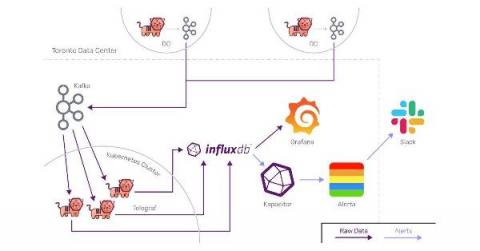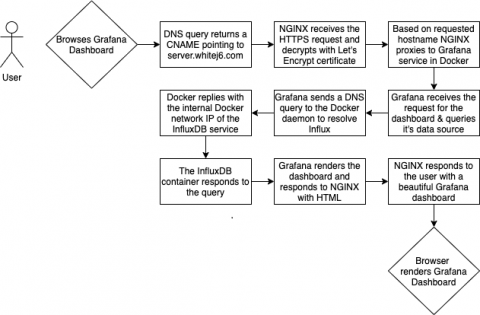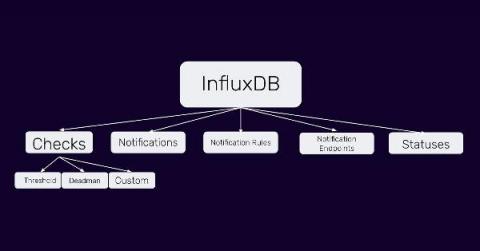How to Consolidate OSS Data into a Cloud Account
In this post, we will describe a simple way to share data from multiple InfluxDB 2.0 OSS instances with a central cloud account. This is something that community members have asked for when they have OSS running at different locations, but then they want to be able to visualize some of the data or even alert on the data in a central place. Please note that while the method presented here is simple and fast to set up, it has many limitations which may make it inappropriate for your product use case.


